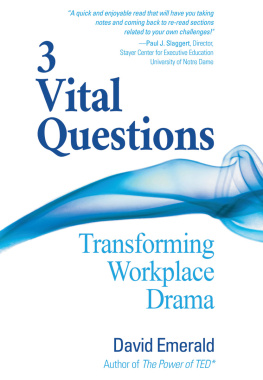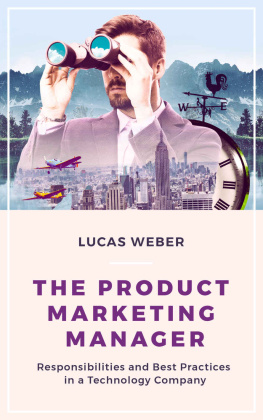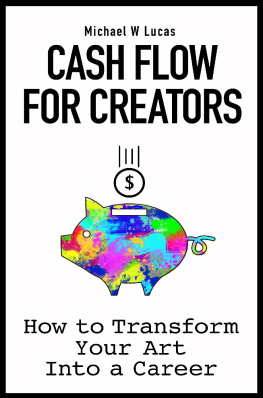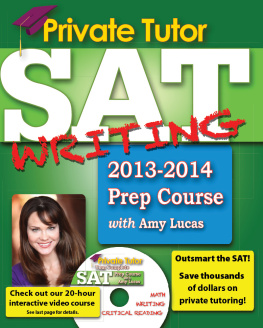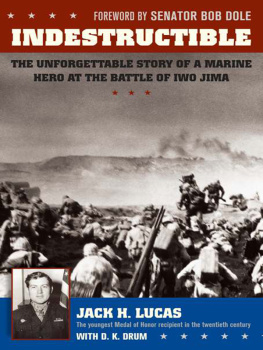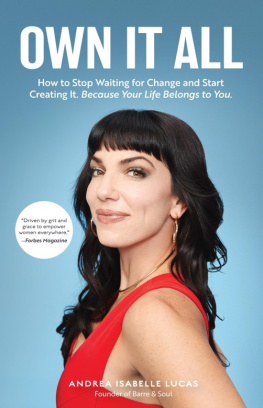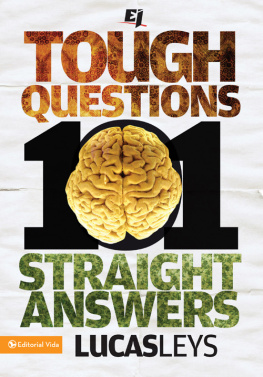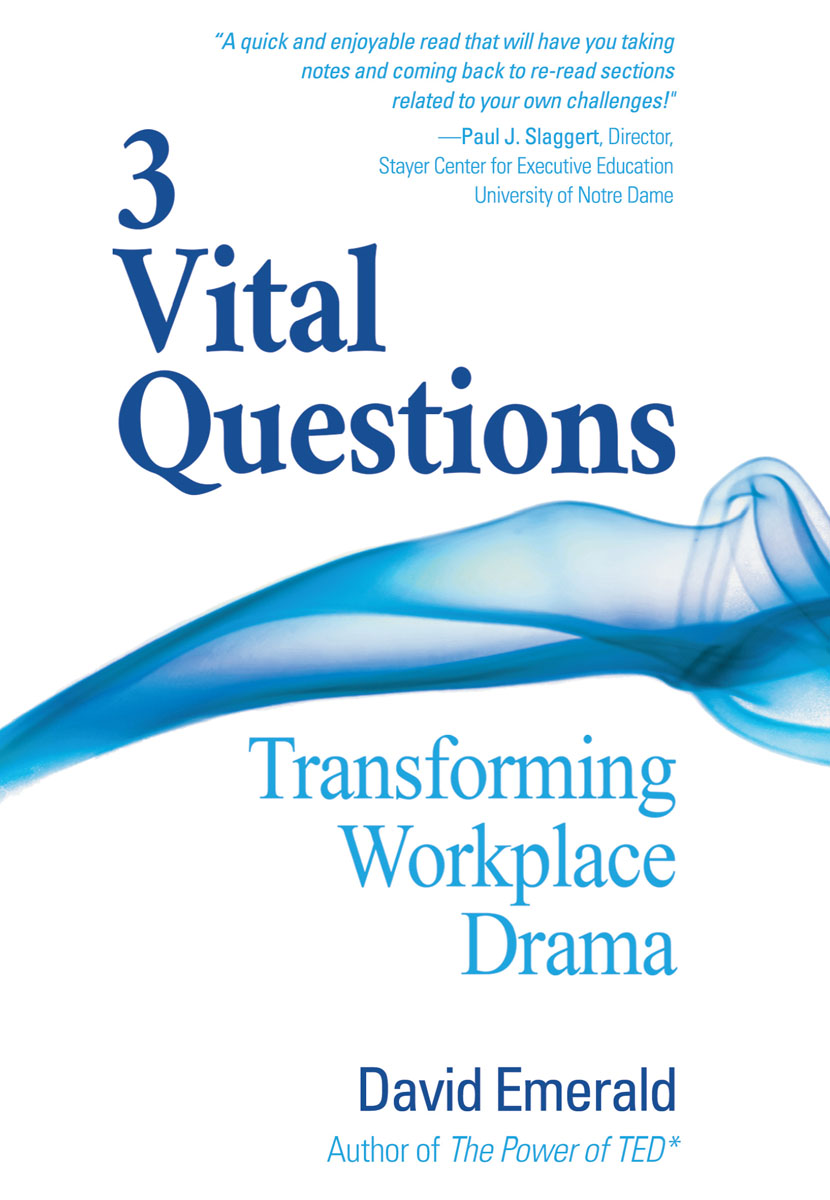

3 VITAL QUESTIONS
Transforming Workplace Drama
Copyright 2019 by David Emerald.
All rights reserved. Printed in the United States of America. No part of this book may be used or reproduced in any form, or by any means electronic or mechanical, including photocopying, recording, or by any information storage and retrieval systems, without written permission of the publisher or author except where permitted by law.
Published by

Polaris Publishing
321 High School Rd NEPMB 295
Bainbridge Island, Washington 98110
FIRST EDITION
Cover Design by
Realistic Studio
Interior Design by
Lanphear Design
ISBN: 978-0-9968718-3-9
Printed in the USA
EDU036000 EDUCATION / Organizations & Institutions
EDU032000 EDUCATION / Leadership
EDU046000 EDUCATION / Professional Development
Dedication
To Donna Zajonc: wife, partner, TED* mom, Co-Creator, Challenger, and Coach
List of Diagrams
Contents
Introduction
A s the iconic band the Grateful Dead famously sang, What a long, strange trip its been.
I have been blessed by a career that began with a focus on interpersonal, team, and organizational communication. Through a series of fortuitous events, over thirty years ago I made the transition from public relations, employee newsletters, and speechwriting to leadership education, executive coaching, and organizational development. I began helping individuals, teams, and organizations learn how to collaborate in creating their desired outcomes and, in the process, learn to communicate more effectively with one another.
Along the way, I faced both personal and professional challenges fraught with drama. Divorce. Being fired from a job I didnt relish in the first place. Working for one of the worst bosses ever. You get the picturethe usual roller coaster of life. Of course, I have been blessed with many ups as well as downs on the journey.
Dealing with the dramas in my personal life, coupled with what I was learning in my profession, led to the writing and publication of my first book, The Power of TED* (*The Empowerment Dynamic). Largely due to the struggles I faced in these personal dramas, the book was written as a fable on self-leadership.
The fable format of that book struck a chord. To date, The Power of TED* has sold well over 100,000 copies in print, e-book, and audio. People continue to write me to share how the book has changed their relationships at home, at school, and at work. I have been humbled by the stories people have told in their letters and emails. Some have brought me to tears.
To my surprise and delight, many organizations started adopting The Power of TED*, its language, and its frameworks in their efforts to improve the ways employees relate to one another, as well as to customers and other stakeholders.
As an outgrowth of the reception The Power of TED* was having in organizations, I began teaching classesalong with my wife, Donna Zajonc, who is a Master Certified Coach and a great facilitator. We developed and now teach the 3 Vital Questions as a way to more clearly and directly apply the TED* (*The Empowerment Dynamic) frameworks to organizational realities.
As Donna and I began to offer the 3 Vital Questions material via workshops, consultations, and presentations, we found that simply asking these questions engaged people and contributed to significant positive change in their workplaces. People began asking, When are you going to write the 3 Vital Questions book?
Well, here it is.
The Cost of Drama in the Workplace
If you have ever experienced infighting, such as a team or a department pitting itself against another team or department; if you have ever worked for a micromanaging and overbearing boss; if you have ever navigated the changes that come with a merger or other significant restructuring process, then you have had a front-row seat to organizational drama.
The cost of drama is tremendous, for any organization. Do a quick online search on the cost of workplace drama and you may be amazed at some of the hard dollars-and-cents costs associated with organizational conflict. These costs accrue due to lost productivity, turf battles, infighting, gossip, rumors, picking sides, blaming, faultfinding, absenteeism, turnover, and engaging in what Peter Block has called the politics of manipulation.
Gallup research indicates that theres approximately $500 billion in lost productivity annually, in the United States alone, due to negative behavior in organizations. Other research has estimated that managers spend as much as 40% of their time dealing with conflict and drama. Sadly, in the case of some organizations, that estimate may be low.
At a minimum, workplace drama causes inefficiency, frustration, and waste. The personal costs to those who work in organizations is immeasurable.
At one point in my career, a new boss took over the department I worked in. This person, I soon discovered, was the most drama-producing boss I would ever work for. Every night I went home stressed and exhausted, worrying what the next day would bring. I tossed and turned at night. I wasnt present to my family even when at home because I was always thinking about my problems at work. I engaged in aint it awful stories of my work life with anyone who would listen. This books fable turns that story around, eradicating the drama in much the way I wish I had been able to turn my own story around those many years ago.
The Problem with Our Approach to Change
Needless to saybut its very prevalence points out our need to say itdrama is one of the primary forms of resistance and reactivity that hobbles the rate of positive organizational change. Even when positive change does take place, the initial atmosphere of success and freshness can quickly turn into an atmosphere of failure and discouragement once the drama resumes. And almost any experience of drama at work can be traced back to the impact of resistance to change.
What is the answer? Transforming and reducing drama in the workplace.
Before I get into that story, however, I think it is important to reveal the deeper professional context that gave rise to this work.
This book was more than three decades in the making. Since it is entitled 3 Vital Questions, I guess you could say it represents one vital question per decade!
Over that period, I was working in leadership education and development, executive coaching, and organizational development, and in this work I found countless models, workshops, books, articles, and conversations that informed me along the way.
Life in our organizations is undergoing unprecedented and increasing change. A bold new era of volatility, uncertainty, complexity, and ambiguity (sometimes referred to as VUCA) presents constant challenges for leaders and organizational cultures. Ask any executivewhether in the corporate, nonprofit, or educational worldand they can readily describe the anxiety that comes with this volatile mix of conditions.
In my professional journey, there was one pivotal learning experience that sparked the inquiryand set the stagefor what became the 3 Vital Questions.
It was the mid-1990s. I was attending a workshop on organizational culture. I was there in my capacity as program manager and internal organizational development consultant focusing on executive education for a major financial services corporation. One of the faculty (David Ulrich of the University of Michigans Ross School of Business) presented his research findings on the success rate of change efforts in organizations. I was stunned (but not too surprised) when he reported that 80% to 85% of change efforts fail to produce their intended results!
Next page
